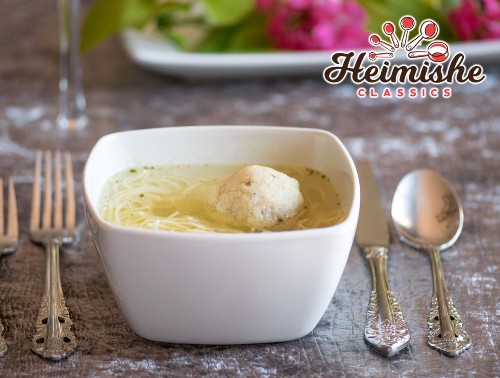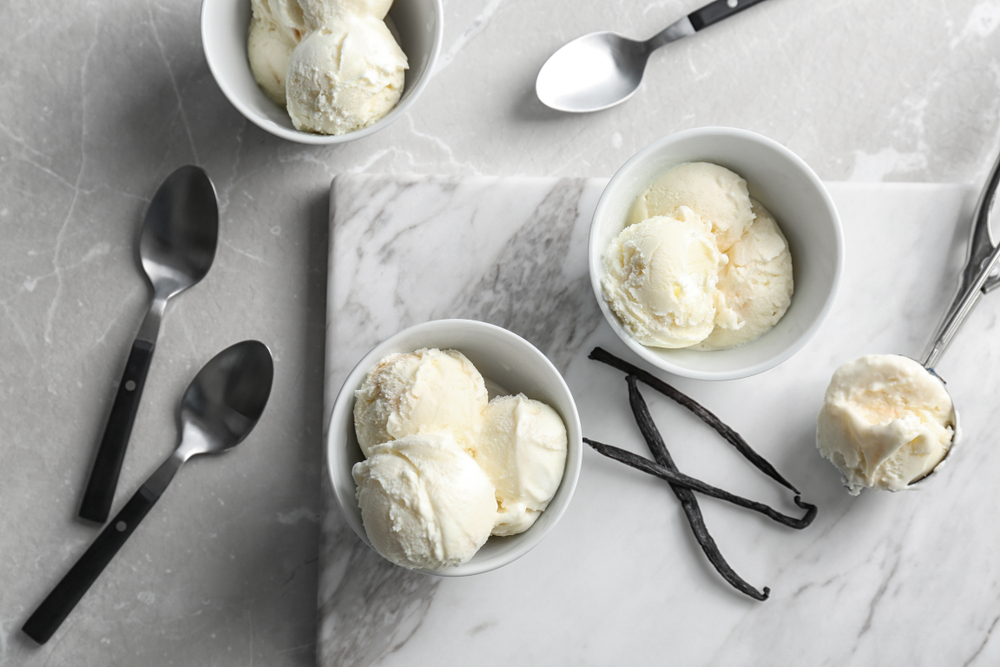
For nearly 1,000 years, powdered green tea, or matcha, has been used in Japanese Zen tea ceremonies. The tea-making ritual is said to transport the participants to a meditative state of mind.
(Warning: If you’re not well-practiced in the meditative arts, you may find watching a video of the matcha tea ceremony about as electrifying as harvesting rice by hand.)
Boiled down to its basics, the tea ceremony consists of whisking hot water and powdered green tea; its aim is to increase alertness and presence of mind.
In the last few years, matcha has taken a wild turn from the spiritual to the stylish: a highly-Instagrammable trend, the brilliant green of matcha lends itself to photography as well as health trends.
Is It Healthy?
You betcha your matcha it is!
Made from the leaves of the Camellia sinensis shrub (the same plant that gives us black, oolong, white, and green teas), matcha is a specially grown and processed form of green tea.
In contrast to regular green tea, in which the leaves are brewed or steeped, with matcha, the tea leaves are ground up to a fine talc-like powder and ingested whole. Because matcha contains the entire tea leaf, the nutrients are more concentrated.
Also, the leaves are shaded during growth, which causes the plant to produce high levels of theanine, catechins, chlorophyll, and caffeine.
Theanine: This amino acid is found in tea leaves and some mushrooms. Research has shown that theanine promotes relaxation and eases stress. Theanine comes in pill form to treat anxiety and high blood pressure.
Catechins: A class of flavonols which may act as antioxidants in the body. Catechins are believed to prevent cell damage, help with weight loss, and fight diseases like heart disease, hypertension, cancer, and Alzheimer’s.
Chlorophyll: A natural detoxifier, chlorophyll can regenerate cells, fight infection, and help with wound healing.
Caffeine: Matcha has more caffeine than green tea, but less than coffee. Matcha has been gaining traction as a coffee alternative; many matcha drinkers find that they get the same caffeine high from matcha as they do from coffee, without the accompanying jitters or afternoon crashes.
From Matcha’s Devoted Fanbase
Though the taste and effect of matcha is not universally loved, reading the Amazon reviews of a premier matcha product explains why matcha has been catapulted into a superfood stardom
This review makes me want some right now: “It gets me going in the morning but without any of the jitteriness like from coffee.”
And this one is so glowing I’m thinking of giving up coffee for good: “I love the flavor and I am addicted to this stuff. I have lost 3 pounds since I started drinking this daily, my skin looks fabulous and I have noticed my appetite has decreased while my energy level is better.”
And just…WOW: “If You’re 73 & Want to Feel 21 Again, All You Have to do is Put a Cup of Booo Yaaaa Tea in Your Hand (The Bummer is You Won’t Look it…)”
(If you’re curious, “Booo Yaaa Tea” apparently contains 1 teaspoon of matcha with honey, lemon, and vanilla bean paste.
Mucho Ways to Get Your Matcha
In the Japanese tea ceremonies of old, matcha powder was enjoyed simply — just stirred with hot water.
But now, there are about as many ways to devour matcha as there are Instagram accounts that use matcha in their flauntable grass green creations.
Matcha Custard, Oreo Matcha Cheesecake, Matcha Froyo, Matcha Macarons, even Matcha Chocolate Swirl Cookie Pops; matcha powder can be used in applications ranging from baked goods to smoothies and soups.
Different Grades of Matcha
Before you buy, be aware of the differing qualities of matcha and what they are used for
Ceremonial grade: The ultimate grade of matcha, used in Japanese tea ceremonies. Ceremonial grade matcha is made from the youngest tea leaves, with the stems and veins removed. By far the most expensive of the types, ceremonial grade matcha can be recognized by its superfine texture and brilliant green color. It is the least bitter grade of matcha, and is used exclusively for traditional tea.
Premium grade: For unschooled drinkers of matcha, premium grade is hard to distinguish from ceremonial grade matcha. It is good for daily consumption in matcha teas, or any other use that requires a high-quality matcha flavor.
Cooking/culinary grade: The cheapest matcha, culinary grade is expressly for recipe use, like in matcha smoothies and baked goods. On its own, culinary grade matcha is bitter and not as smooth as its higher quality counterparts.
Some Limits on Intake
Because of its super-concentrated form, matcha can cause an upset stomach in users who are not used to it. Experts recommend starting with a small dose (¼ teaspoon) when first ingesting matcha.
Because of the caffeine content, the recommended amount of matcha intake for pregnant women and children is unclear, and seeking medical advice is recommended.
Also, one study found that a Chinese-grown matcha contained high levels of lead. For safety and quality, look for matcha that is grown in Japan.
Written by Lubicom for Kosher.com





/Tahini%20and%20Turmeric/ruth%20fox%20and%20vicky%20cohen.jpg)


/Tahini%20and%20Turmeric/Book%20cover%20photo.jpg)












 Written by Lubicom for Kosher.com
Written by Lubicom for Kosher.com





